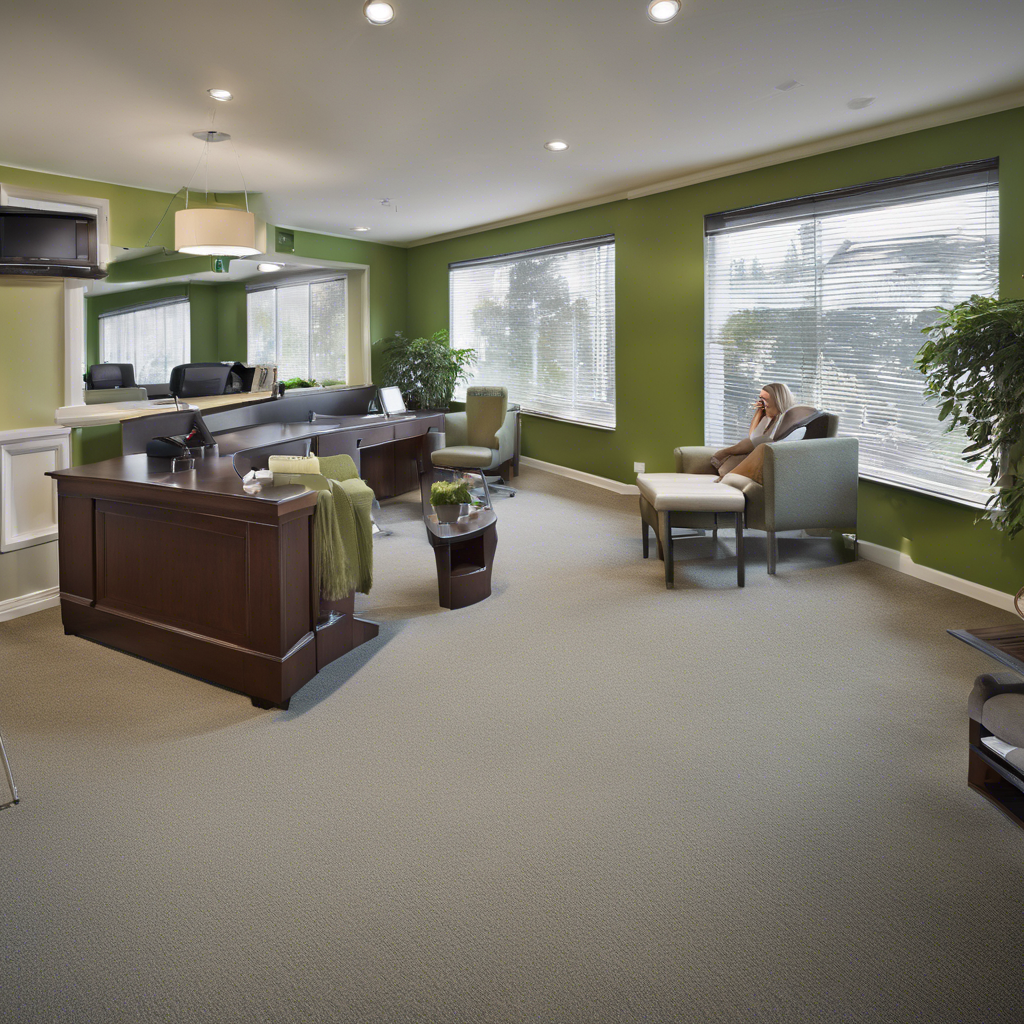Green Upgrades for Rental Properties: Enhancing Sustainability and Value
As the awareness of environmental issues continues to grow, the demand for eco-friendly living spaces is on the rise. Landlords and property managers are realizing the importance of incorporating green upgrades into their rental properties not only to attract environmentally conscious tenants but also to increase the overall value of their investments.

Why Green Upgrades Matter
Sustainable Living
Integrating green upgrades in rental properties promotes sustainable living practices. From energy-efficient appliances to water-saving fixtures, these upgrades not only reduce the property’s carbon footprint but also help tenants lead a more environmentally friendly lifestyle.
Cost Savings
While the initial investment in green upgrades may seem daunting, the long-term cost savings are significant. Energy-efficient systems can lead to lower utility bills, thus benefiting both landlords and tenants. Additionally, some green upgrades may come with tax incentives or rebates, further offsetting the initial costs.
Increased Property Value
Properties with green features are becoming more desirable in the real estate market. Investing in environmentally friendly upgrades can increase the overall value of the rental property, making it a lucrative asset for landlords. Green-certified buildings often command higher rental rates and have higher occupancy rates.
Top Green Upgrades for Rental Properties
1. Energy-Efficient Appliances
Upgrading to Energy Star-rated appliances can significantly reduce energy consumption. From refrigerators to washers and dryers, energy-efficient appliances not only save money on utility bills but also appeal to tenants who prioritize sustainability.
2. LED Lighting
Switching to LED bulbs is a simple yet effective way to lower energy usage. LED lights last longer than traditional bulbs and consume less electricity, making them an ideal choice for rental properties seeking to reduce their environmental impact.
3. Smart Thermostats
Installing smart thermostats allows tenants to control their heating and cooling systems more efficiently. These devices can learn occupants’ preferences and adjust temperatures accordingly, leading to energy savings without sacrificing comfort.
4. Low-Flow Fixtures
Replacing standard faucets, showerheads, and toilets with low-flow alternatives can conserve water without compromising functionality. Low-flow fixtures not only reduce water waste but also lower water bills for both landlords and tenants.
Making the Transition to Green
Transitioning rental properties to incorporate green upgrades requires careful planning and execution. Landlords should consider the following steps:
- Assess Current Energy Usage: Conduct an energy audit to identify areas for improvement and prioritize upgrades based on potential savings and impact.
- Budget Accordingly: Set aside a budget for green upgrades and explore financing options if needed. Remember that these investments will yield long-term benefits.
- Communicate with Tenants: Keep tenants informed about green initiatives and educate them on how they can contribute to sustainability efforts within the property.
- Monitor and Evaluate: Regularly monitor energy and water usage post-upgrades to track the effectiveness of green initiatives and make adjustments as necessary.
By embracing green upgrades in rental properties, landlords can simultaneously contribute to environmental sustainability and enhance the overall value of their investments. As the demand for eco-friendly living spaces continues to grow, investing in green features is not only socially responsible but also financially rewarding in the long run.
Let’s take a step towards a greener future, one rental property at a time.
